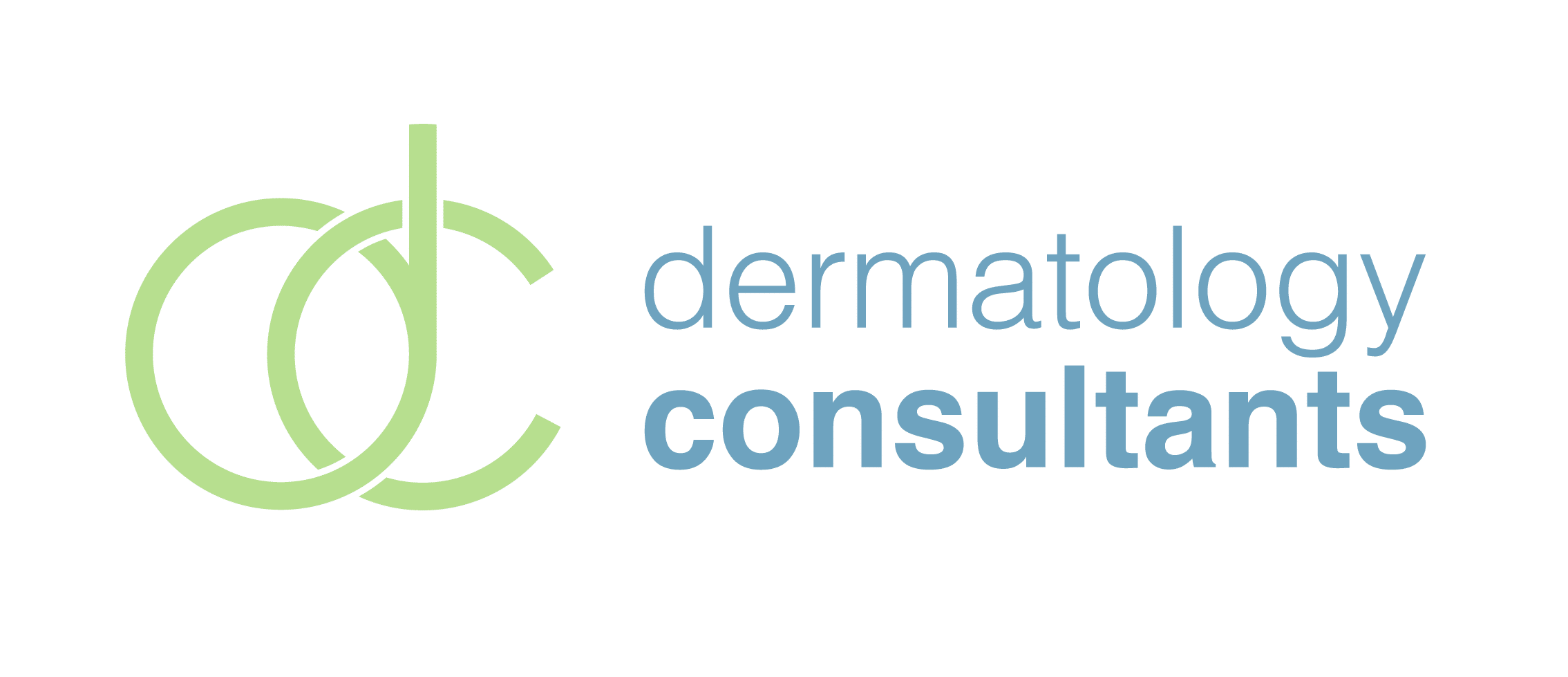What Is Laser Skin Tightening?
One of the first signs of aging that men and women may begin to notice is sagging that occurs around the face and neck. This occurs due to a loss of collagen, which is responsible for keeping skin elastic, as well as reduced facial fat, which can make skin droop. Age, weight loss, and UV exposure are factors that contribute to the situation. For those seeking to address sagging skin, there are minimally invasive treatment options including laser skin tightening.
While laser skin resurfacing involves using pulses of high-energy light to destroy layers of skin and encourage the growth of new skin in its place, laser tightening procedures do not destroy any skin. By heating the collagen beneath the skin’s surface to a specific temperature, the collagen thickens and contracts. This tightening effect can make skin look less wrinkled, and firmer. The results are best for patients who have mild to moderate sagging, and they are cumulative, so you should continue to see improvement months after your last session. While multiple treatments may be required with intervals of a few weeks in between, some patients only require one treatment.
For men and women with more extensive sagging, laser skin tightening is a treatment that can be combined with a facelift or other interventions. In patients who have undergone a facelift, it can be used to reduce wrinkles and improve the overall complexion following the surgical procedure. If you choose to have Botox or filler injections, it is recommended to have the tightening procedure done first, and then to have the injections done about two weeks later.
Since laser skin tightening does not involve surgery, the side effects of redness, swelling, bruising, and stinging generally subside within a few days, and the long recovery times associated with other procedures can be avoided. Normal activities usually can be resumed immediately, and no special post treatment is required. You can apply makeup and return to work. Make sure to apply sunscreen to protect newly treated skin from UV exposure. In contrast to laser resurfacing, skin tightening presents less of a risk for changes in pigmentation as well, since it does not remove the top layers of skin.
While it is often used to reduce signs of aging on the face and neck, laser skin tightening is suitable for other areas of the body as well. Stretch marks and skin sagging from weight loss on the stomach, arms, and thighs can be treated with this method, but your physician can help to determine whether this is the best option to address your particular concern.
Laser skin tightening works from the inside out, stimulating the growth of new collagen. This growth can take 90 to 180 days, so patients can expect to see firmer skin months are the initial treatment, although some notice an immediate effect as well. While topical products such as prescription retinoids are intended to boost collagen as well, the results are considered less dramatic than a tightening procedure. In consultation with your physician, you can determine whether laser skin tightening alone or in conjunction with other treatments will help to improve the appearance of your specific areas of concern.





